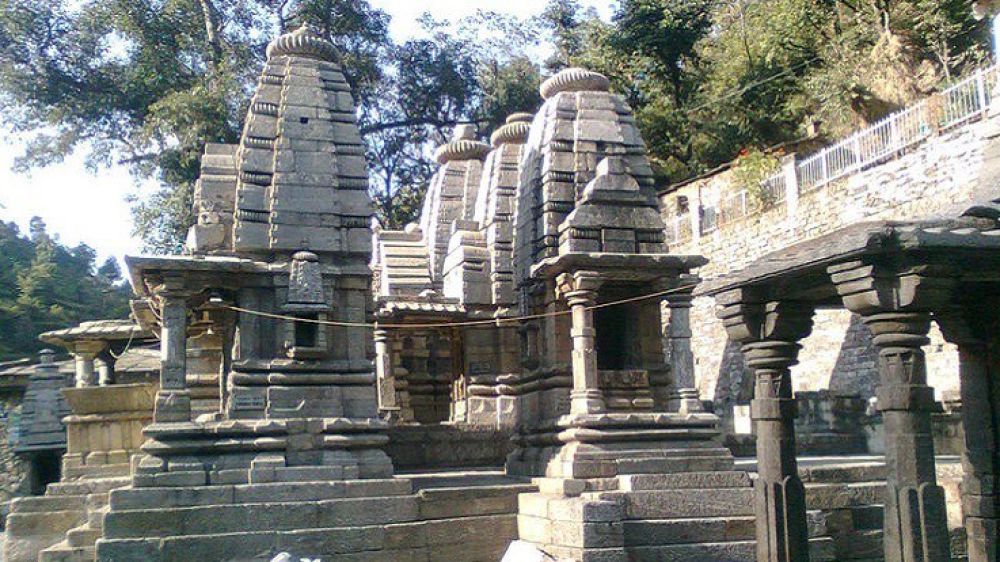

The ancient site of Adi Badri in Yamunanagar, Haryana, India, is steeped in historical and religious significance. It is part of a group of 16 temples dating back to the Gupta period, between the 6th and 9th centuries AD. This site is considered important in Hindu mythology as it is linked with the descent of the holy River Ganges to the earth. The place is also known for the channel which once brought the waters of the river Saraswati to the holy tank, making it a significant spiritual destination for pilgrims.
Tourism at Adi Badri began due to its importance in Hindu religion and the curiosity for historical exploration. Over time, as the significance of the site was highlighted by historians and archaeologists, the number of visitors started to increase, solidifying Adi Badri's place as a notable stop on the religious tourism circuit of northern India.
In the early days, the majority of the tourists to Adi Badri were religious pilgrims. However, with increased attention from the Archaeological Survey of India and improvements in local infrastructure, the area began to see an uptick in visits from history enthusiasts, culture buffs, and those interested in the scenic beauty and tranquility of the region.
The government has taken several initiatives to promote tourism in Adi Badri. Development of amenities like guest houses, the introduction of local guides, and promotion of the site through tourism campaigns have all contributed to the growth of tourism here. The Haryana Tourism Department actively works to maintain and enhance the facilities at this historic site.
In recent years, the concept of eco-tourism has gained traction, and Adi Badri is no exception. The beautiful landscapes and the surrounding Shivalik range encourage tourists to explore nature while respecting the ecological balance. This blend of religious importance, historical significance, and natural beauty continues to attract a diverse group of tourists to Adi Badri.
The latest trends in tourism at Adi Badri reflect a growing interest in immersive cultural experiences. Tourists are looking to understand the local heritage, customs, and folklore that surround the temples. There is also an increase in the number of people who are interested in photographic tours due to the picturesque setting of the temples against the Himalayan backdrop.
Another trend is the rise of sustainable tourism practices in the area. Visitors are increasingly conscious of their impact on the environment and the local culture, and there is a push towards ensuring that tourism benefits the local community without harming the natural or historical heritage of Adi Badri.
The tourism prospects for Adi Badri Yamunanagar look promising with the ongoing efforts to preserve its archaeological sites and integrate sustainable practices. As the world becomes more connected, the importance of destinations rich in cultural heritage, such as Adi Badri, is set to grow, ensuring that they remain important fixtures on the global tourism map.